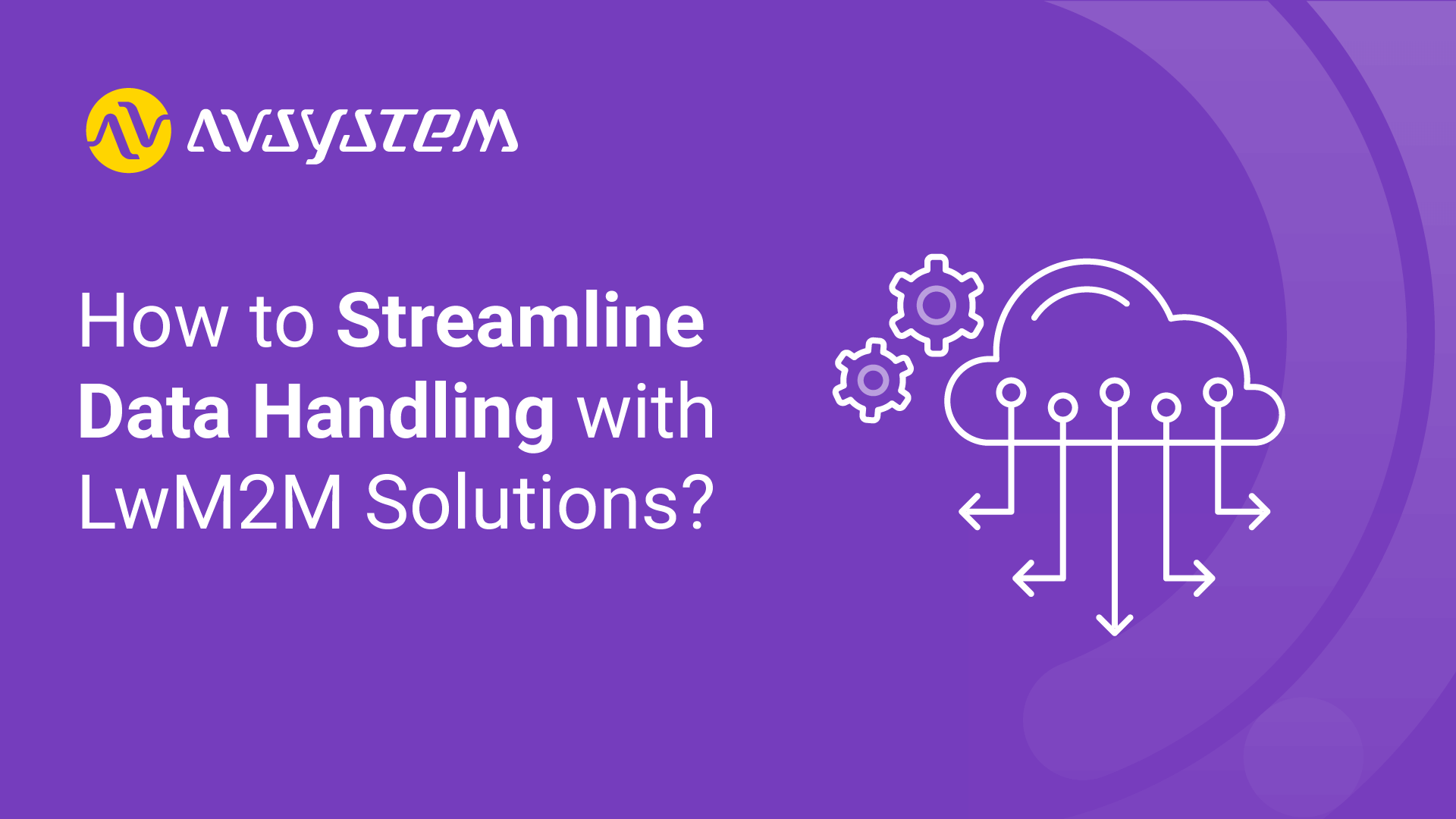What is IoT device lifecycle management and the benefits behind it
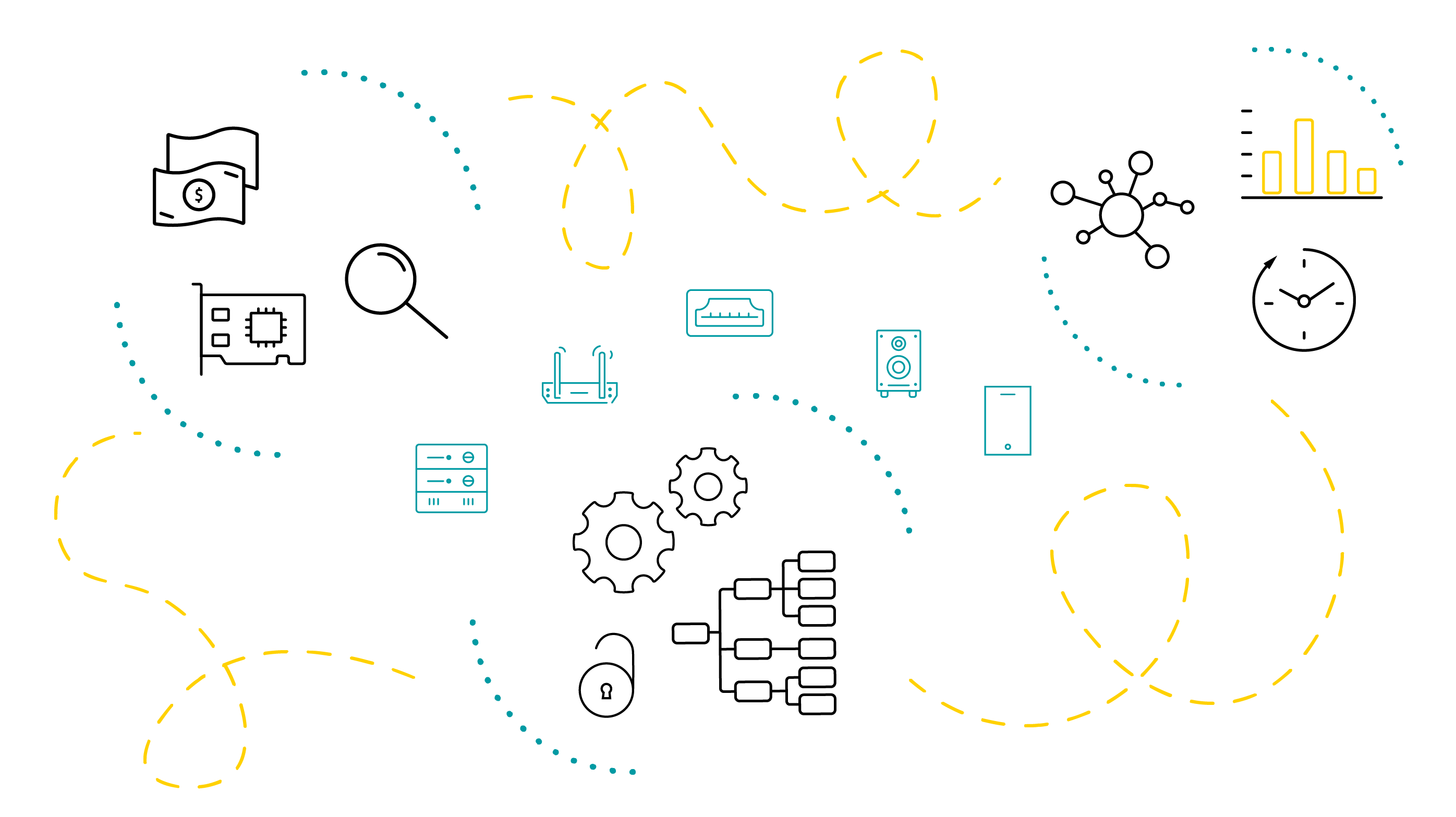
If you’re looking to increase your IoT initiative’s performance and turnover, you should home in on the idea of IoT device lifecycle management.
With the massive influx of smart technologies into our lives and businesses, we probably all know what the Internet of Things stands for. But what is the IoT Device Lifecycle Management, one of the concepts lying at its core?
IoT device lifecycle – In a nutshell
First things first – what is IoT device lifecycle anyway? It is a concept assuming that IoT devices, since they are quite advanced pieces of tech, lead their smart electronic lives that can be divided into three main stages with rather unimaginative but telling names: Beginning of Life (BoL), Middle of Life (MoL) and End of Life (EoL).
During the BoL stage, the device may be preconfigured, but usually it has only some generic schemas (like default passwords).
The focus within the MoL stage, apart from maintaining the device’s basic functional purpose, should be kept on improving its reliability and maintainability.
Finally, the EoL comes down to ensuring that the device may be easily and securely removed or replaced in case it is not worth anymore to spend resources on maintaining it, its current status is hard to determine or in case it’s simply broken.
What comes of this is that in each of the stages, the device has to be assisted along the way to stay reliable, efficient, persistent and secure. And this is where the idea of management of IoT device lifecycle enters the stage.

IoT device lifecycle management – The Whats and Whys
Far from being a mere buzzword, IoT Device Lifecycle Management is an approach or, better still, a business logic that aims to tackle the management of IoT devices as holistically as possible, providing comprehensive ways of dealing with multiple problems and prospects in the industry that all the enterprise owners are, or will be, facing along their way.
With that in mind, you may also be well aware that IoT devices are generally rather complex creatures. And quite understandably so, as the overwhelming multiplicity of deployment possibilities across every existing industry that the Internet of Things penetrates – from healthcare, through smart grids, to smart agriculture – can make the lives of smart devices hard enough. Therefore, if the smart assets are expected to lead a long, insightful and useful ‘life’, it is self-evident that they also need to be guided through each of their lifecycle phases with equal ingenuity and care by their governing bodies, which are the IoT device management platforms.
What follows is that the lifecycle of every IoT differs from project to project as it depends largely on the specificity of a given use case, with every IoT use case involving some unique patterns and procedures starting from the R&D/manufacturing stage till the device end of life (EoL). Yet, it may be argued that there are four fundamental elements to be distinguished that all of them are made up of:
- provisioning,
- configuration,
- maintenance,
- decommissioning
![]()
While each of the phases poses a series of challenges, they are still accompanied by their corresponding chances arising from their successful solution. Let’s take a detailed look at them to see what solutions a comprehensive device management can offer in this field and what benefits there are in using it for handling smart devices throughout their entire lifecycle.
IoT device lifecycle management – Connecting is only the start
The challenge: Connecting and provisioning marks the first stage in the life of an Internet-connected device. Here, the device needs to establish a stable and secure communication link with the management platform. This is achieved by means of the authentication mechanisms of the latter, the advancement of which determines, among other things, the ability to block any unauthorized agents by the platform. It must be remembered that although the importance of this stage tends to be overlooked, there is much at stake as the security of the data to be exchanged and gathered largely depends on the quality of the provisioning service.
The benefit: The advanced authentication features offered by the AVSystem’s Coiote IoT Device Management platform greatly enhance device security and stability. Also, the platform allows for one-touch provisioning for LwM2M devices, effectively reducing deployment time-to-revenue rates or installation downtime in case of device re-registration.
IoT device lifecycle management – Command and control
The challenge: Moving on to the next stage, we are faced with device configuration and management. As a rule, this phase consists in establishing data collection links, introducing basic configuration procedures and providing device- or group-specific properties to fit the custom needs of your particular project. From this time on, the device should be under your full remote control.
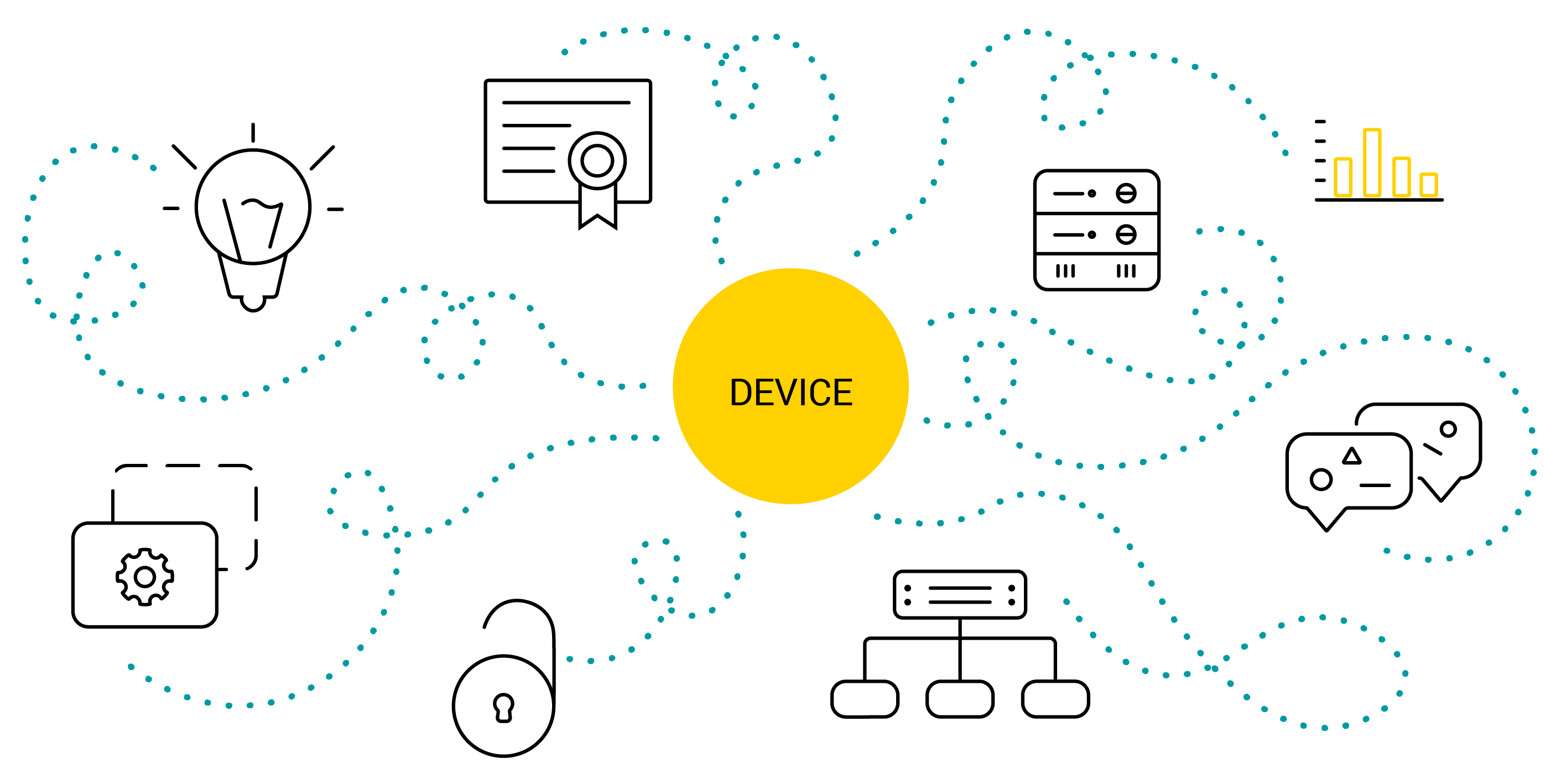
The benefit: From fine-tuning the performance of individual devices to one-click massive fleet operations, the Coiote IoT Device Management platform offers extensive customization capabilities and advanced telemetry and monitoring features that are scalable and integrate well over multiple-protocol environments. Long story short, what this means for the user is that he is provided with full control over the processes and workflows within the deployment.
IoT device lifecycle management – Mending is better than ending
The challenge: The third major stage of the IoT Device lifecycle management allows you to upgrade and troubleshoot your devices effortlessly and in real time to keep their uptime and productivity at high levels. It should be noted here that as devices and their firmware get obsolete and error-prone in time, they may become an attractive target of bad cyber actors. Also, no piece of tech is perfect, therefore be sure that hardware failures and security vulnerabilities will be getting in your way more often than not.
The benefit: With a reliable firmware-over-the-air mechanism provided by the Coiote IoT Device Management platform, your devices will be kept up to date and away from any malicious attempts. The platform’s FOTA module is a freely customizable, fail-proof, intelligent and automated tool that effectively minimizes downtime and battery drainage, especially in the case of resource-constrained assets. What is more, the real-time device monitoring capabilities offered by the AVSystem’s Coiote IoT Device Management enable instant corrective actions and live notifications in case anything goes wrong in device operation.
IoT device lifecycle management – Grinding things to a halt
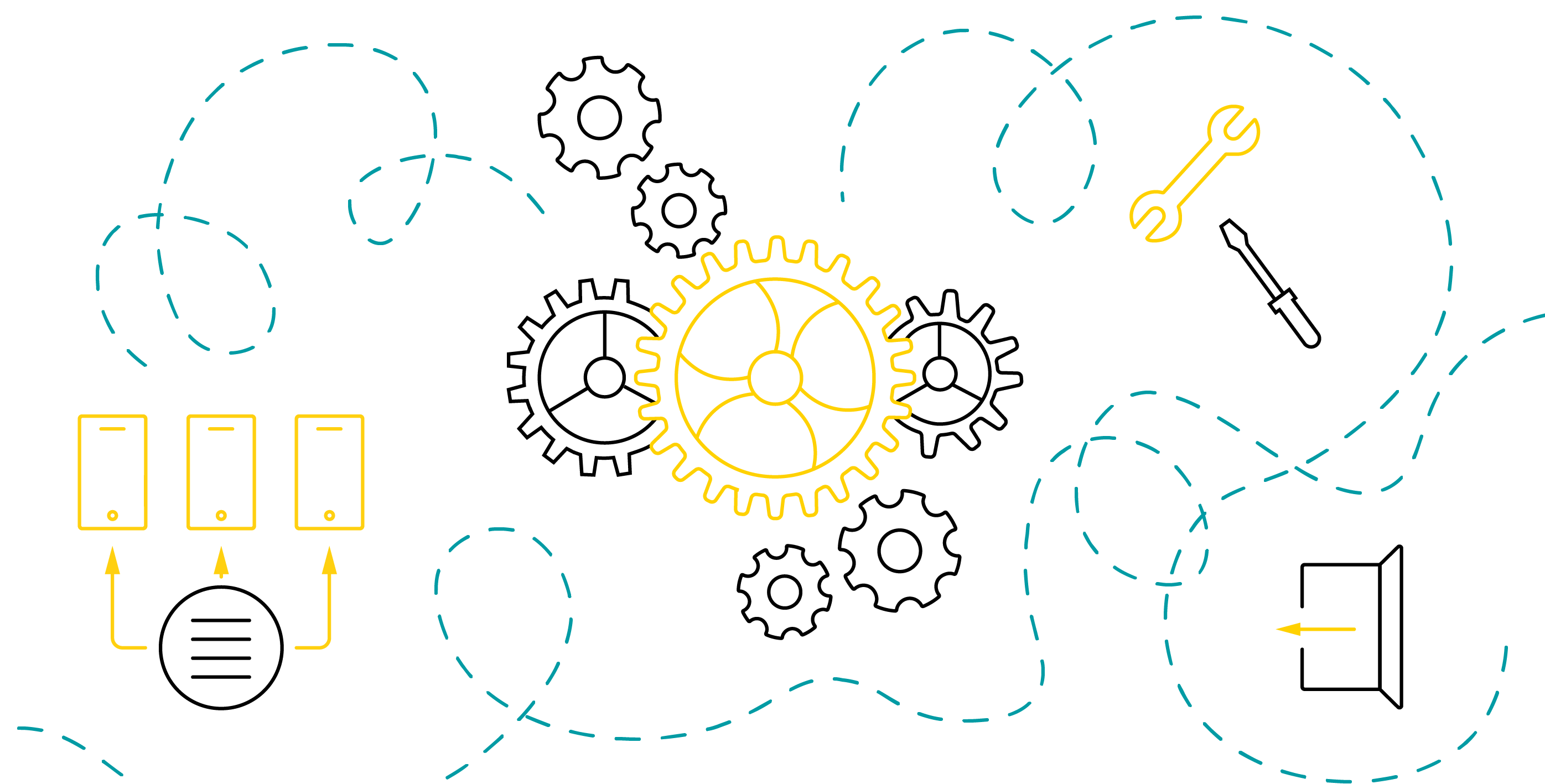
The challenge: Depending on the purpose and requirements of given projects, connected devices may differ greatly in longevity. However, the general tendency points to the fact that IoT manufacturers and investors favour shorter lifespans over extended operation times. This is particularly true about the resource-constrained devices with limited processing power and storage capabilities that often run on batteries. But while this economy-driven deployment model has its drawbacks, IoT device lifecycle management is there to counterbalance them.
The benefit: With its seamless and secure process of removal of devices from the system, especially when dealing with sensitive and confidential data such as certificates or credentials, the Coiote IoT Device Management platform becomes easily the preferred choice among the platforms for IoT device lifecycle management.
IoT device lifecycle management: The bottom line
In the face of increasing complexity of smart deployments, the concept of IoT device lifecycle management is a source of answers for the industry challenges. But it should be noted that this state is only achieved with a reliable and scalable IoT device management platform placed at the core of the enterprise. While this is not to say that the IoT device lifecycle management stands for all the good things in IoT, putting the ideas behind it into practice certainly leads to creating an IoT environment where operators and users can focus on their business and stop scratching their heads about additional configuration, debugging, software updates, correct fleet operation and device end-of-life issues.
Recommended posts
- How can you effectively tackle the challenges of IoT development?
- IoT communication protocols explained [with measurements for NB-IoT]
- How to Streamline Data Handling with LwM2M Solutions?
Subscribe to stay in the loop with all our latest content:
Recommended posts

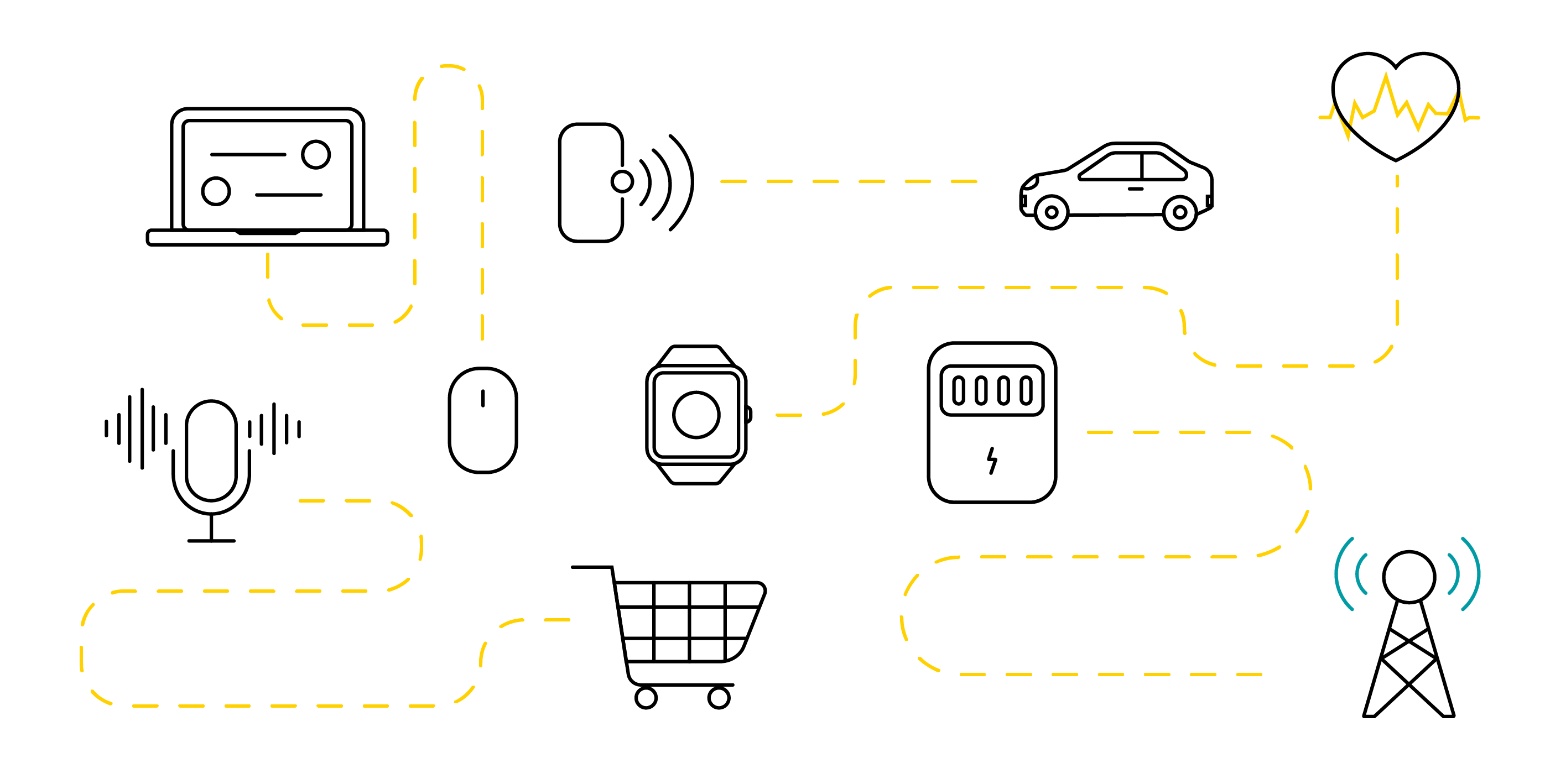
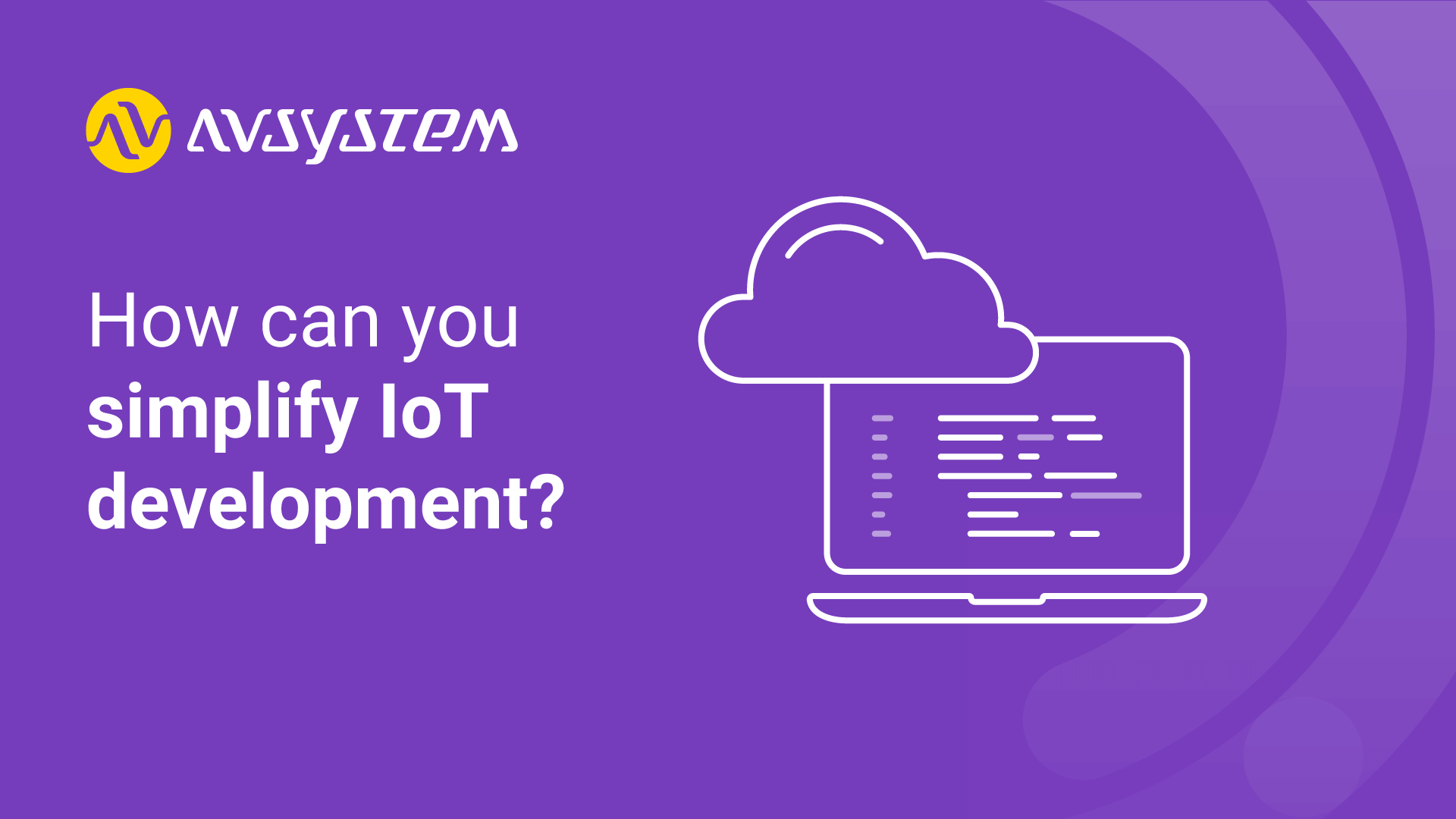
![IoT communication protocols [with measurements for NB-IoT]](/media/avssite/news/Communication-Protocols-Comparison_cover_new.png)
